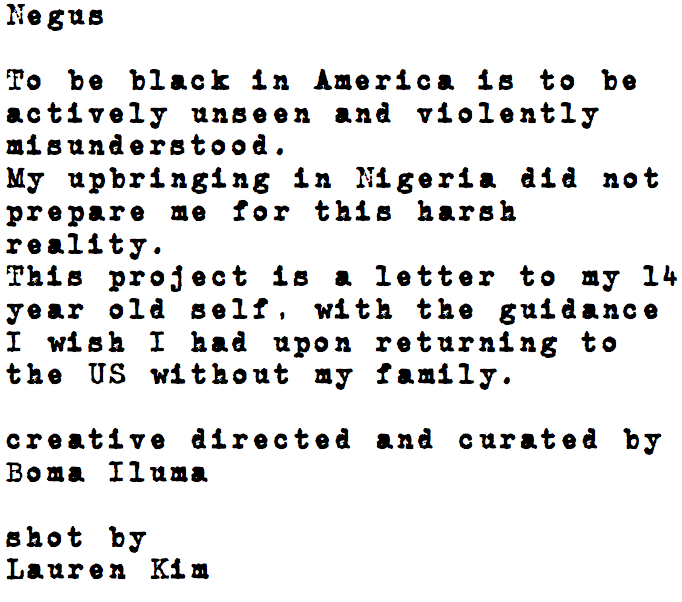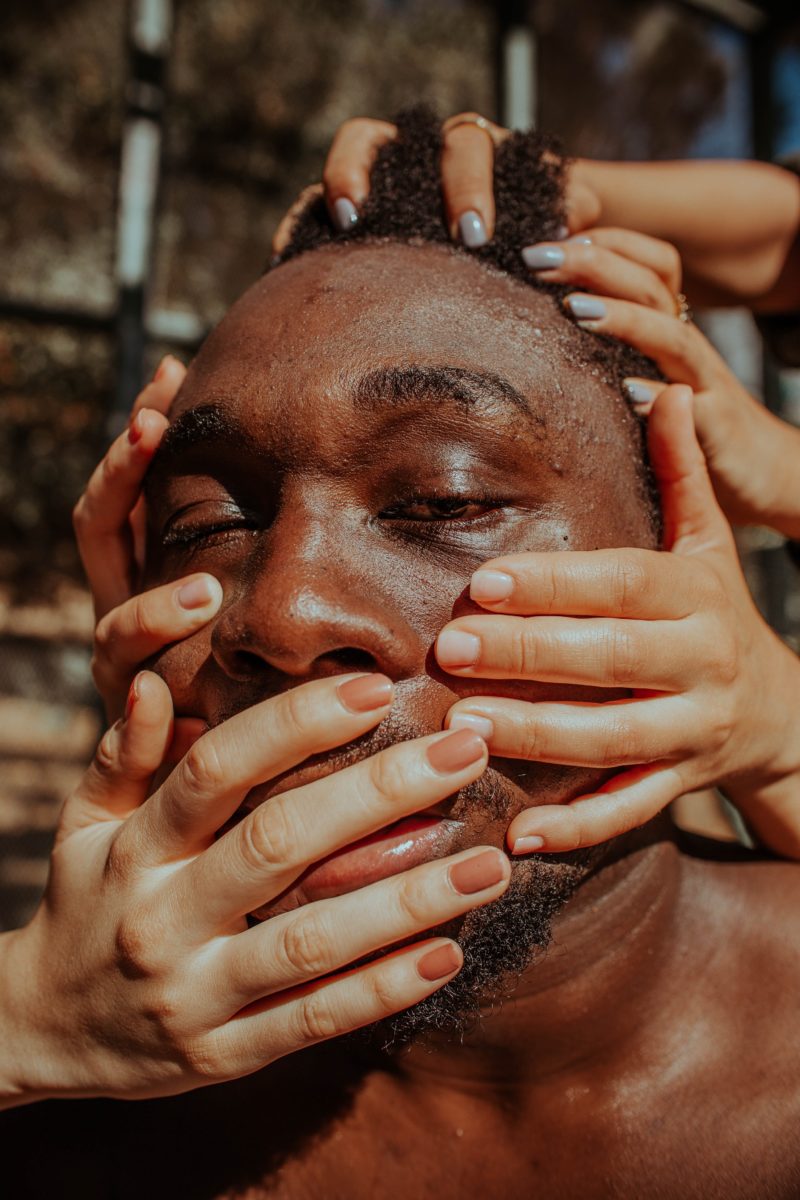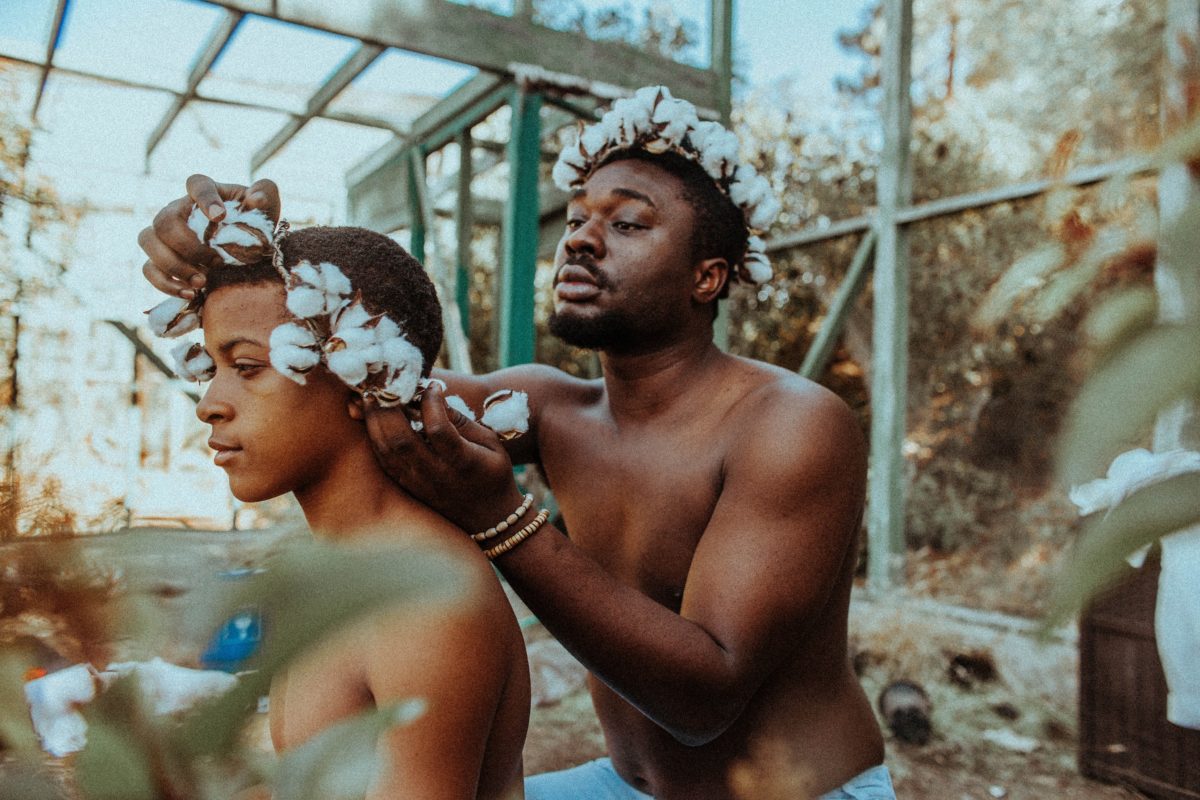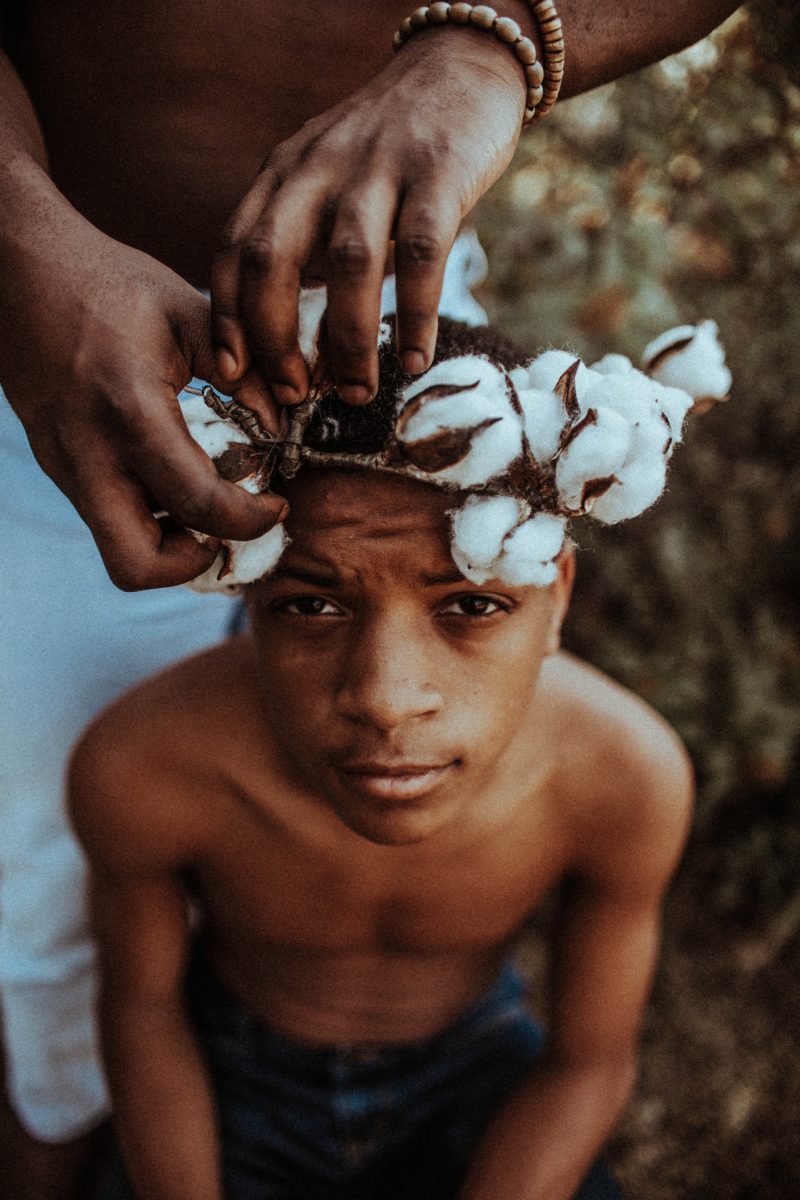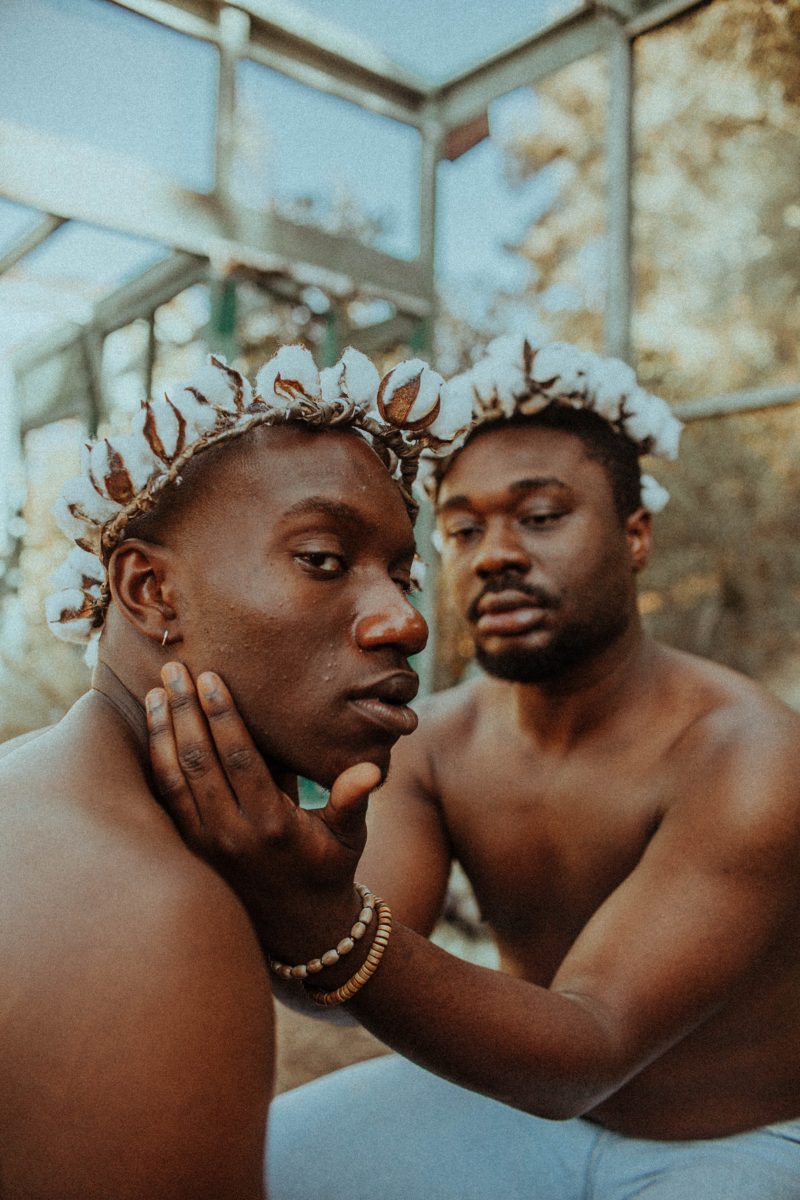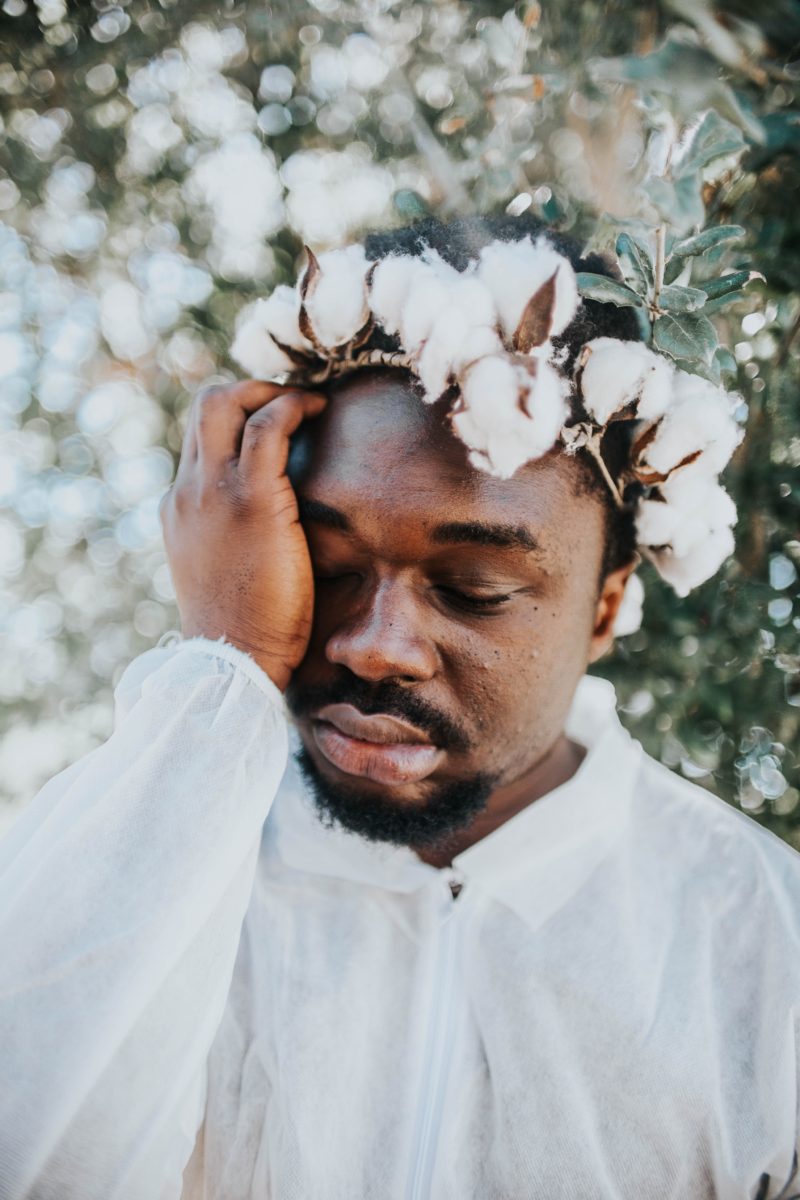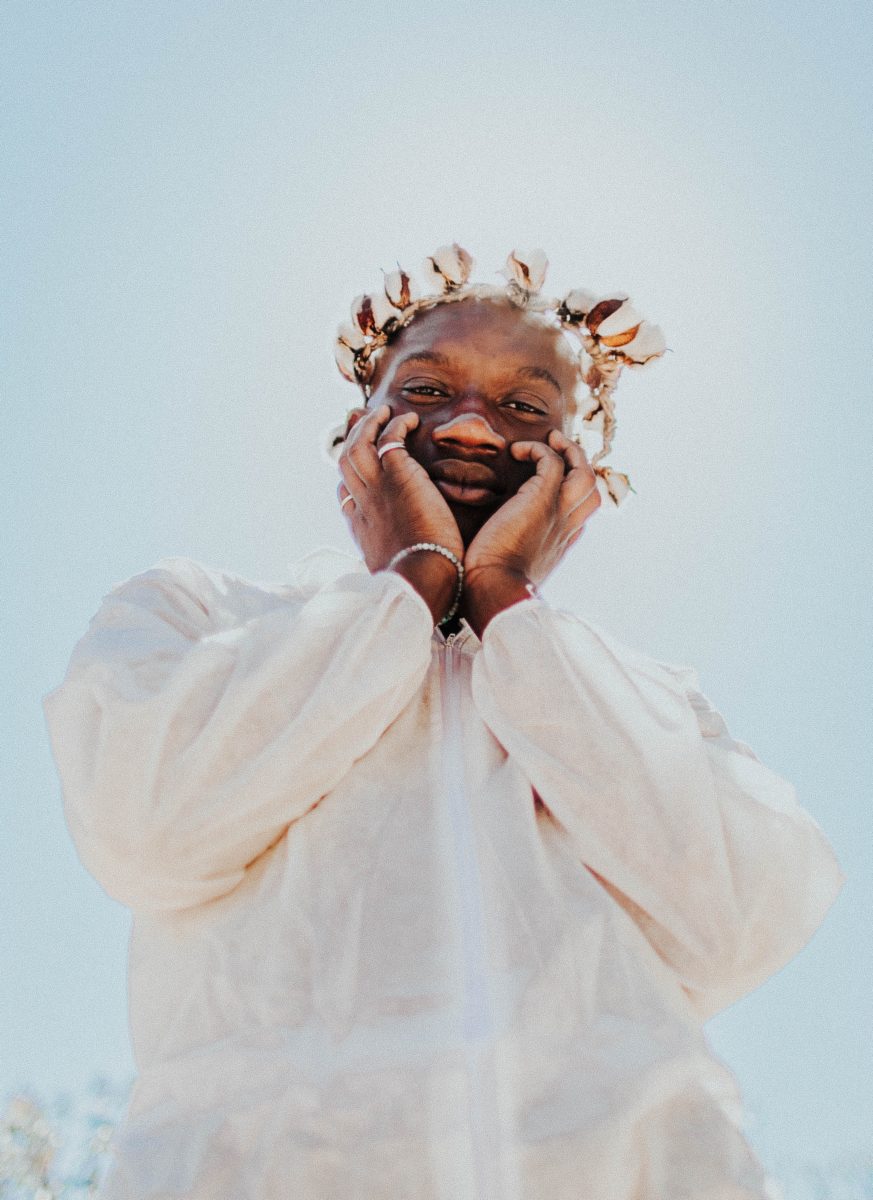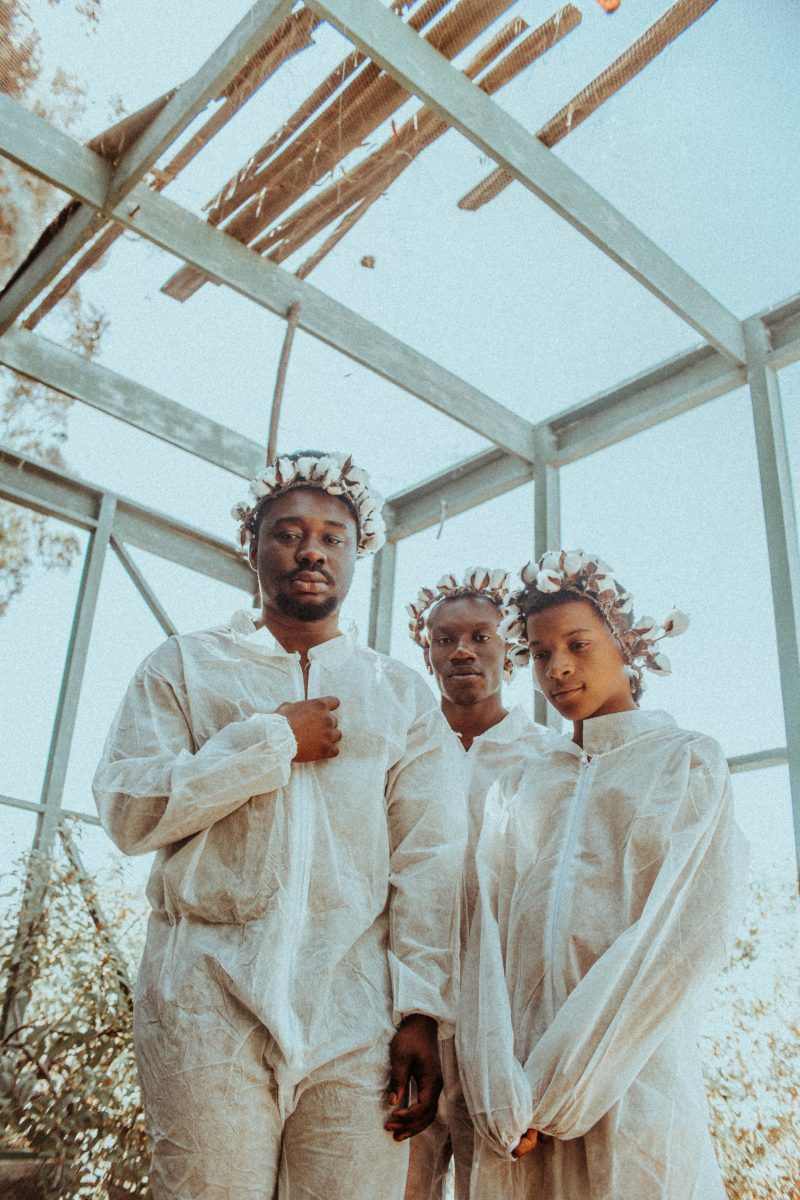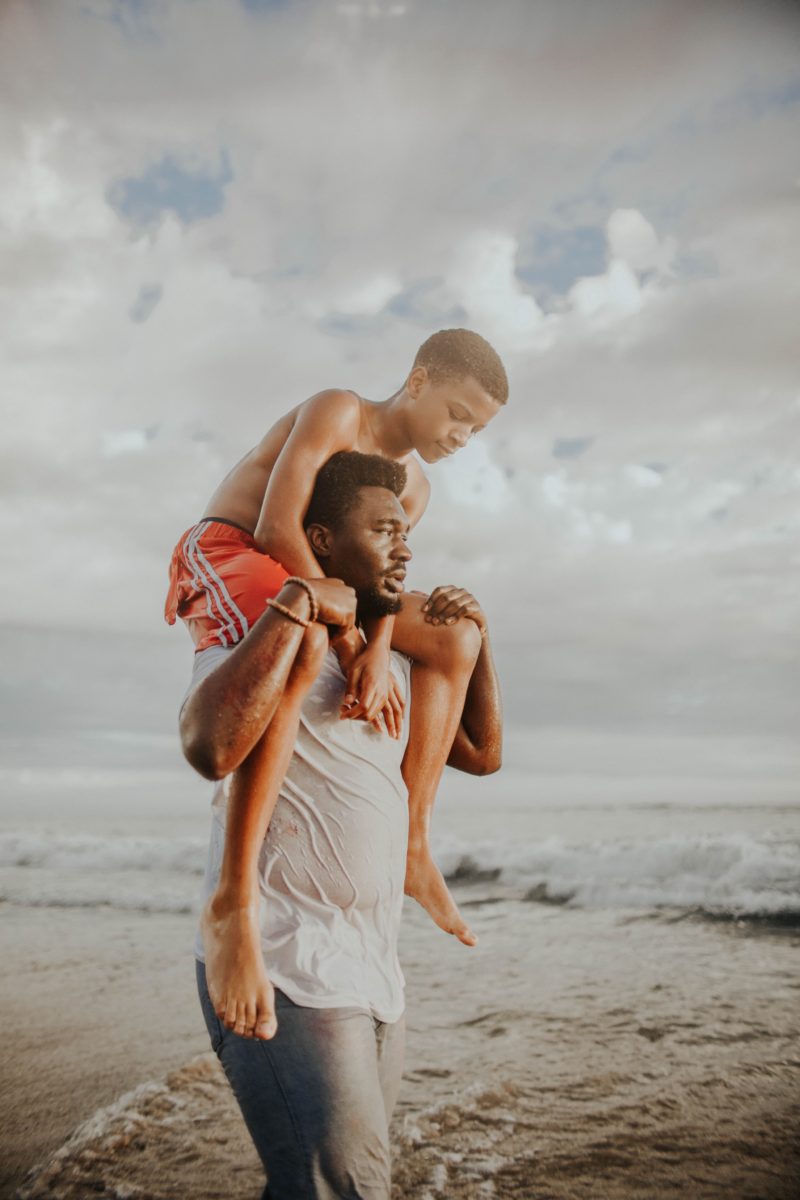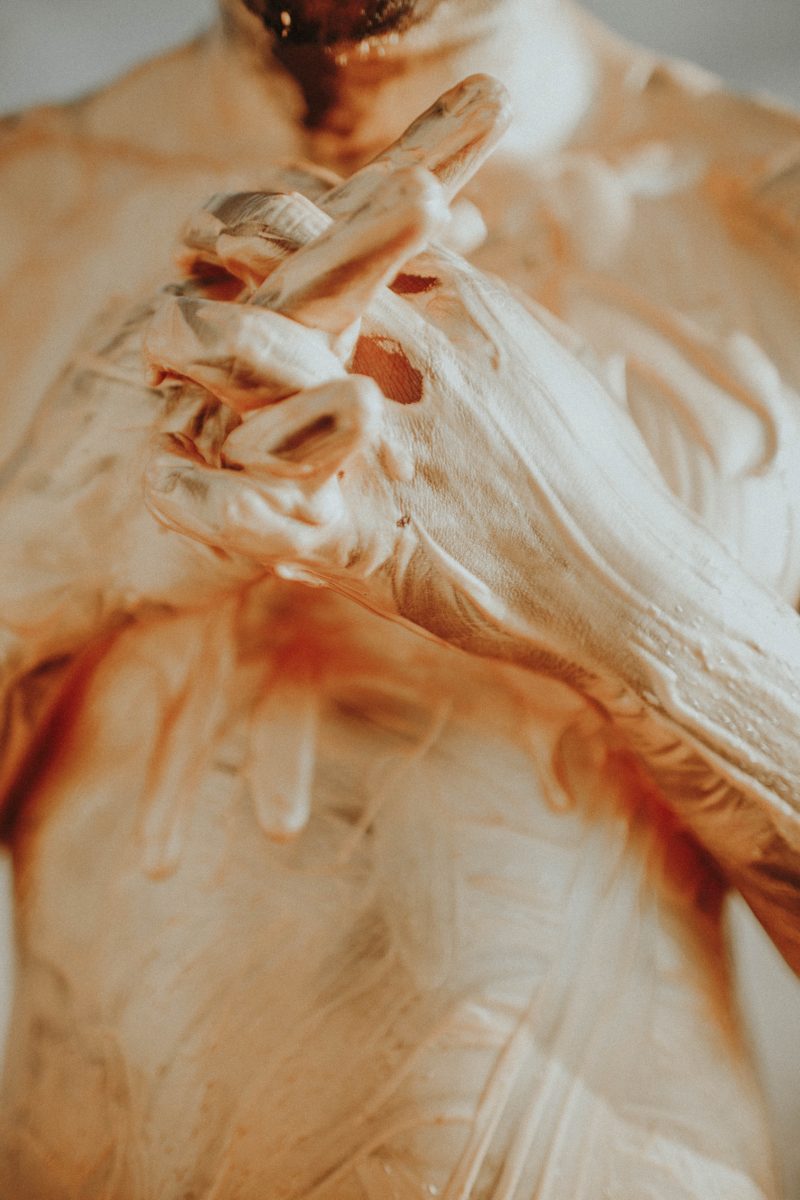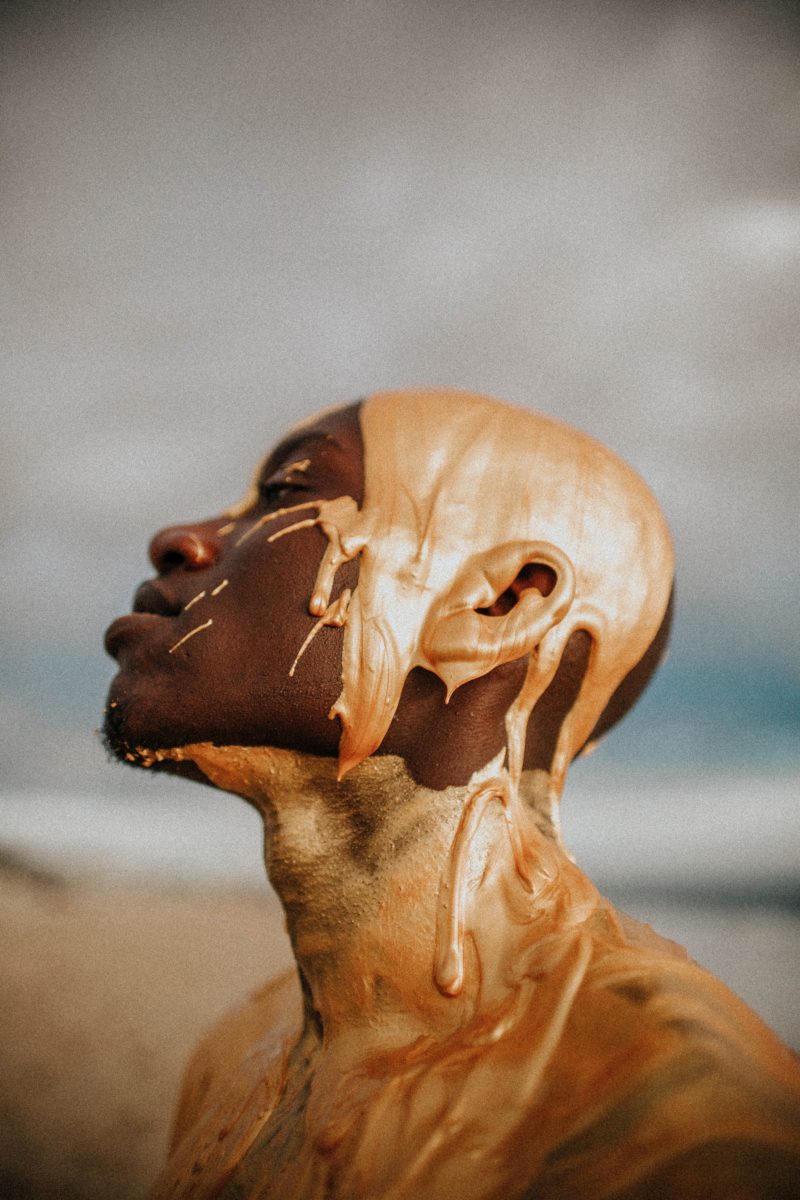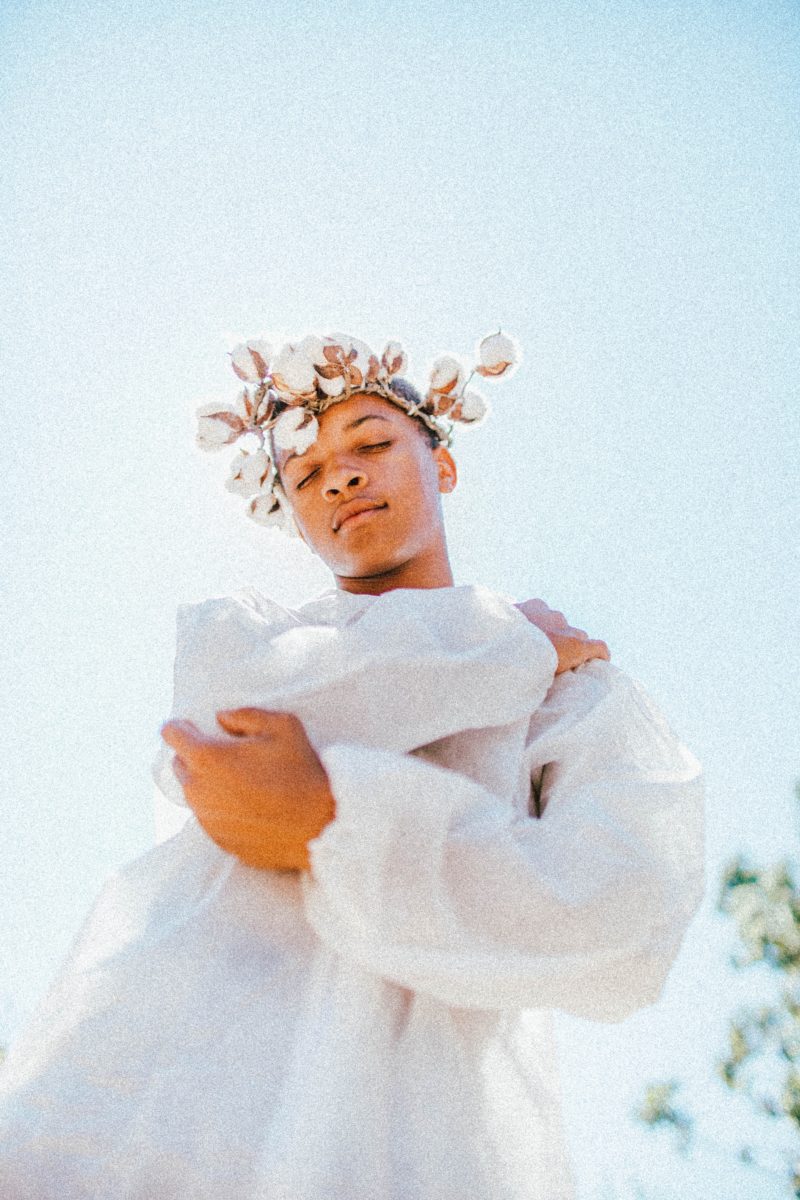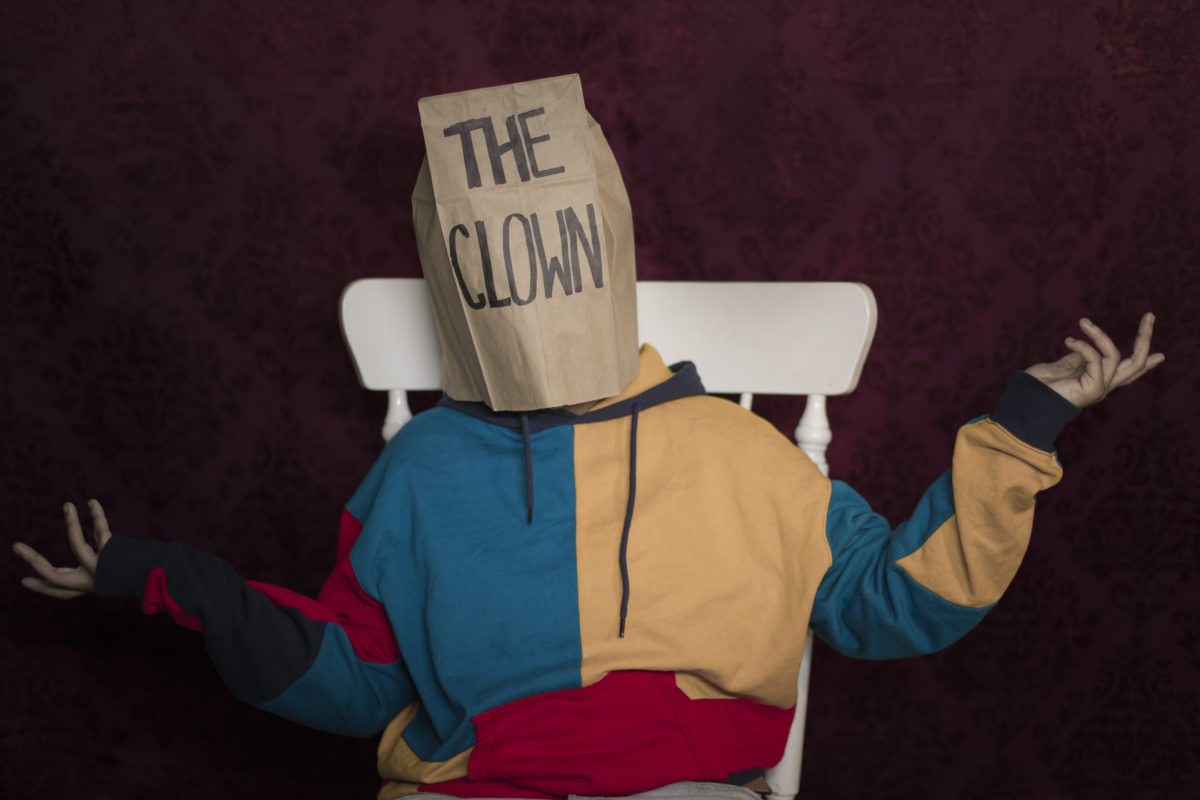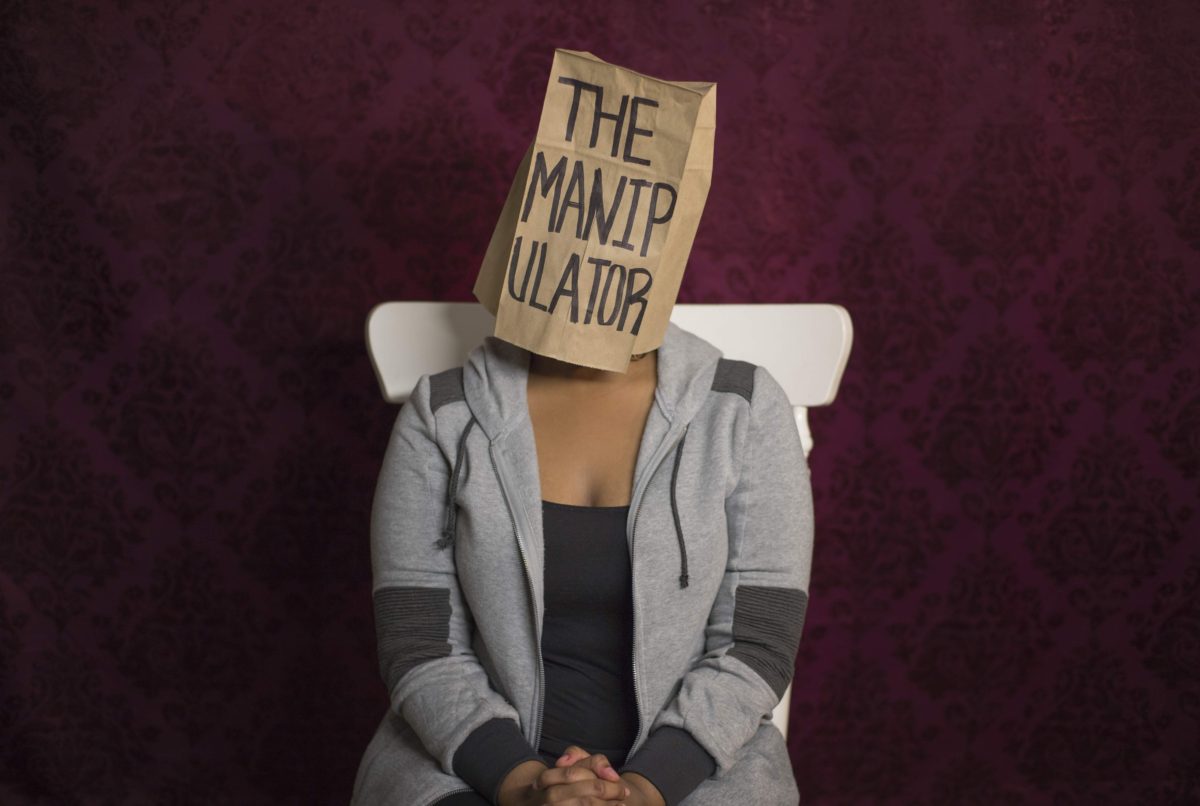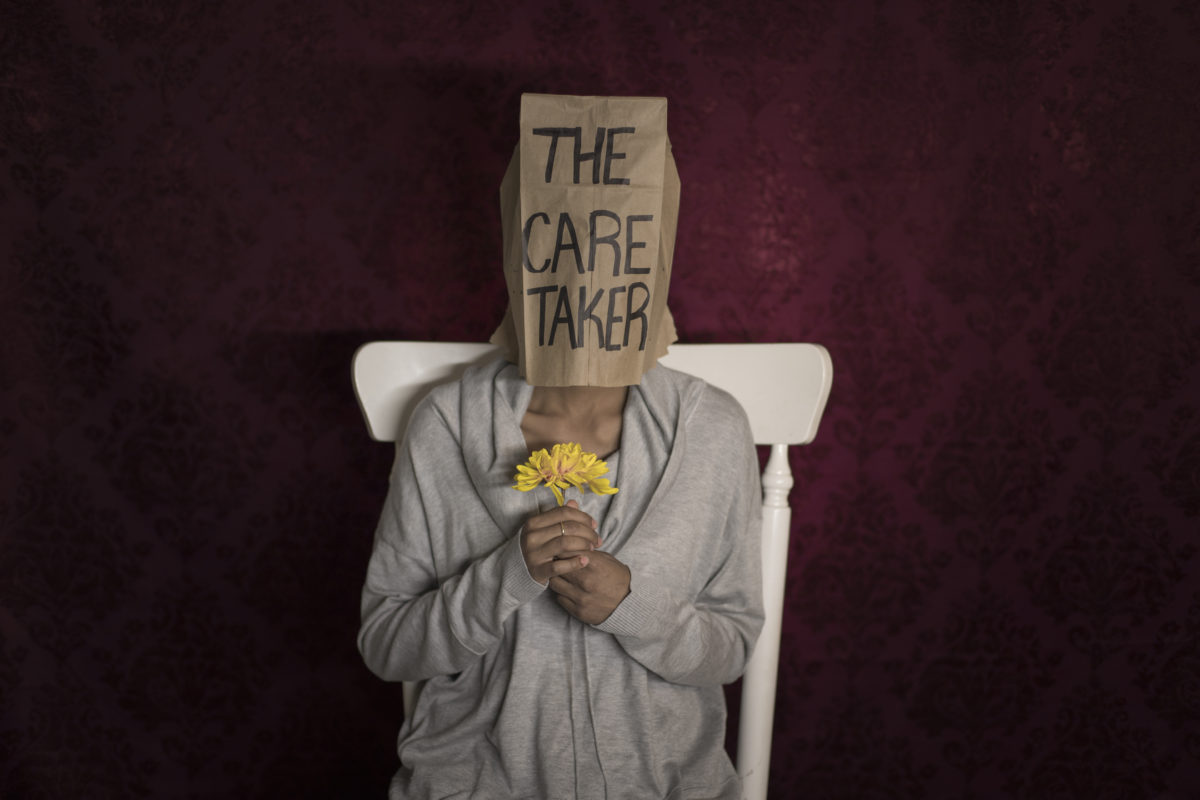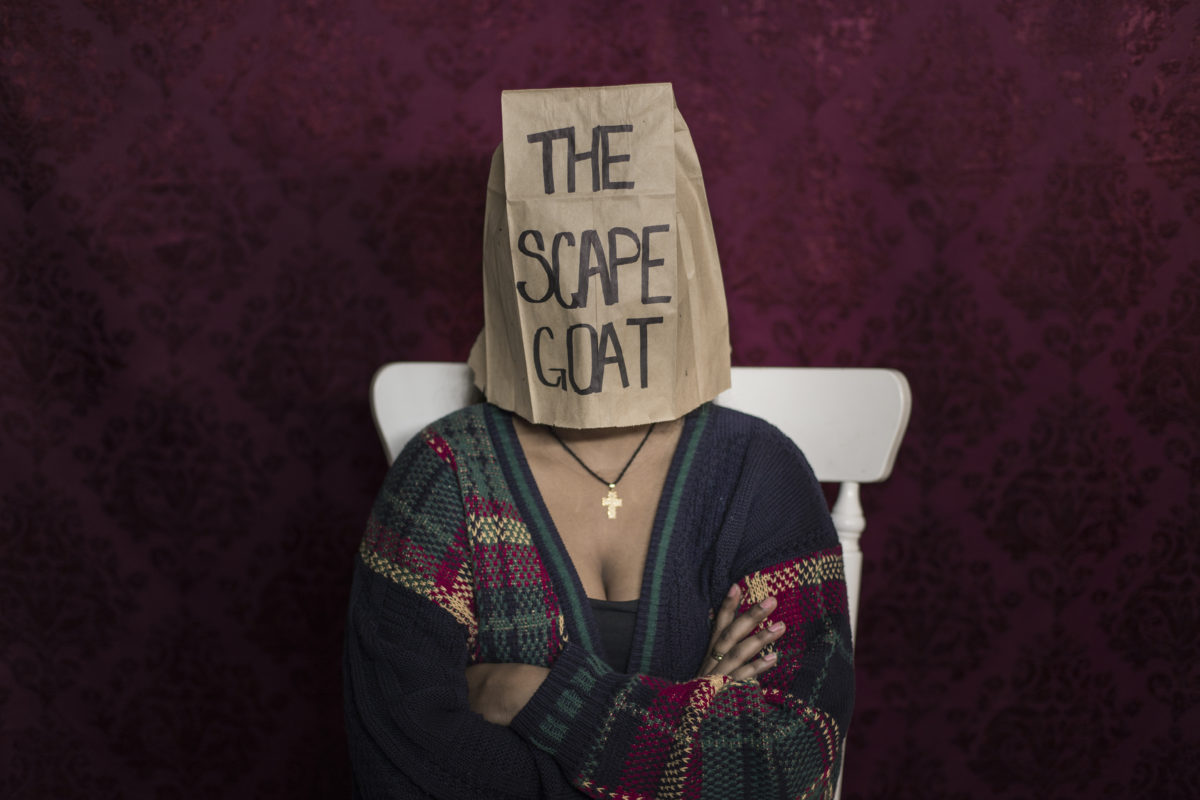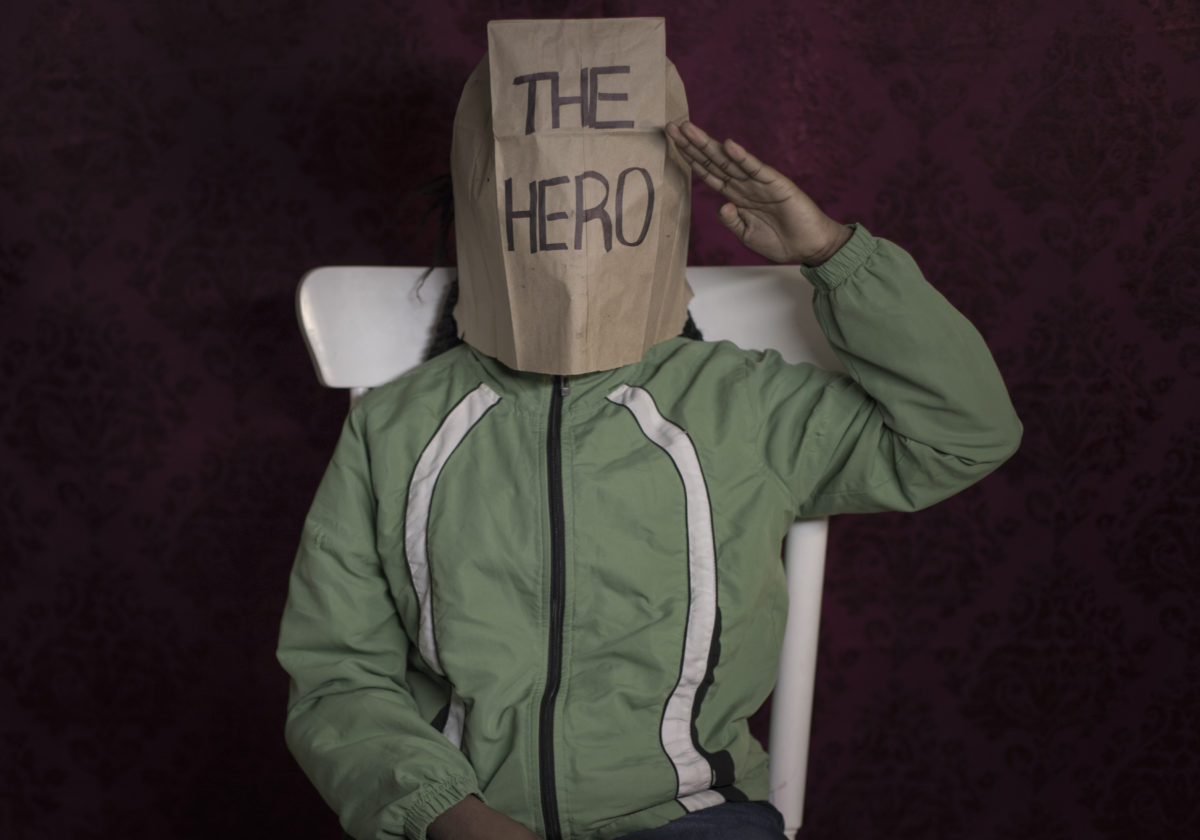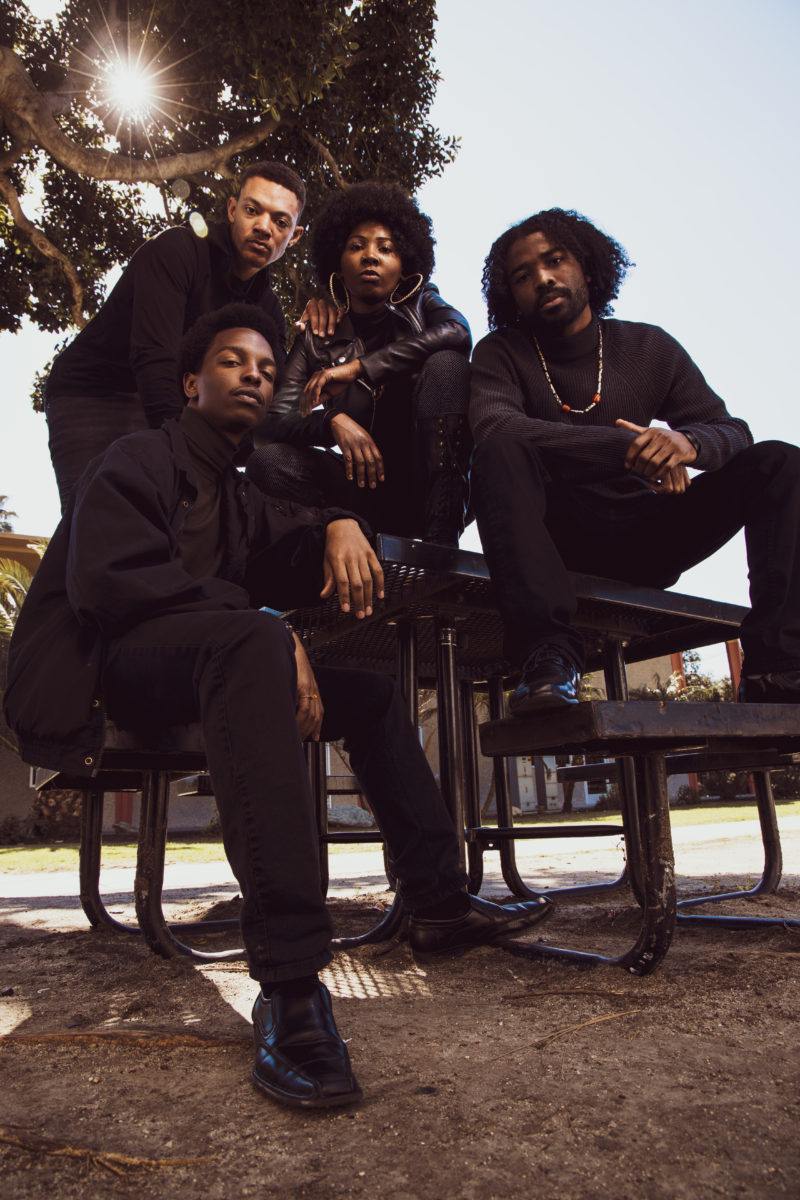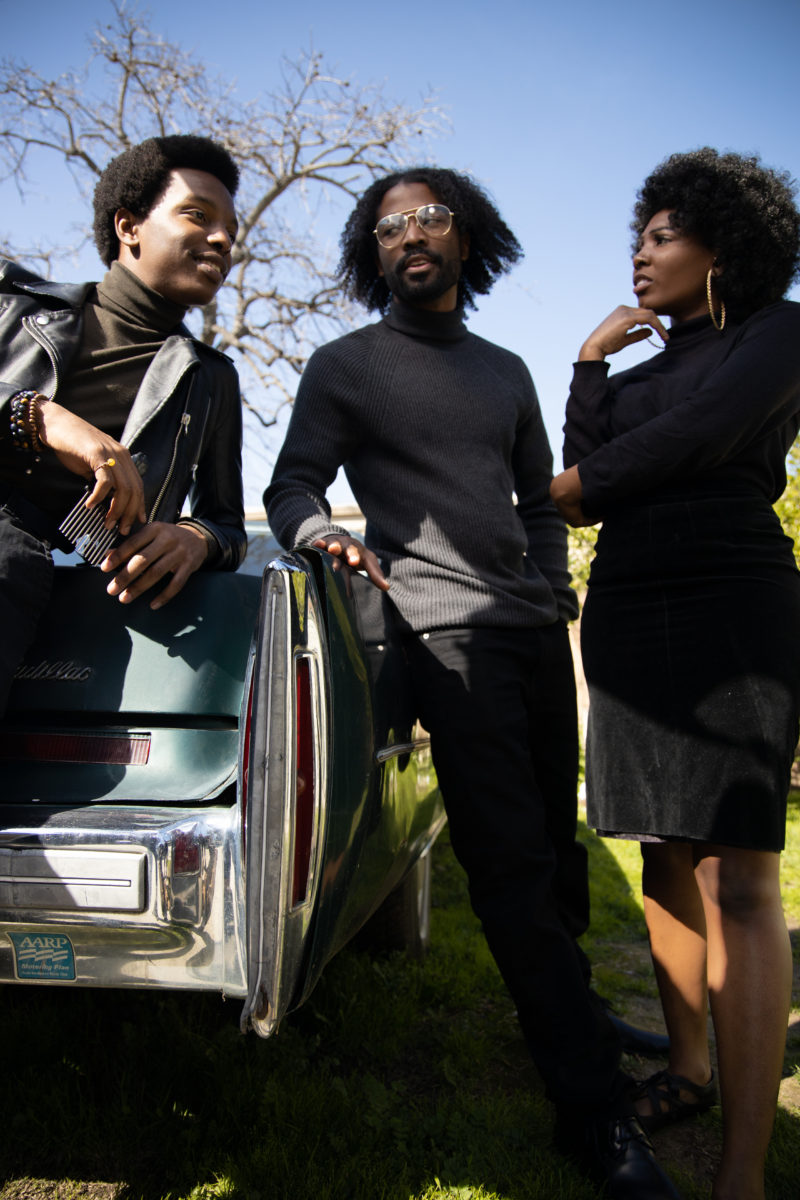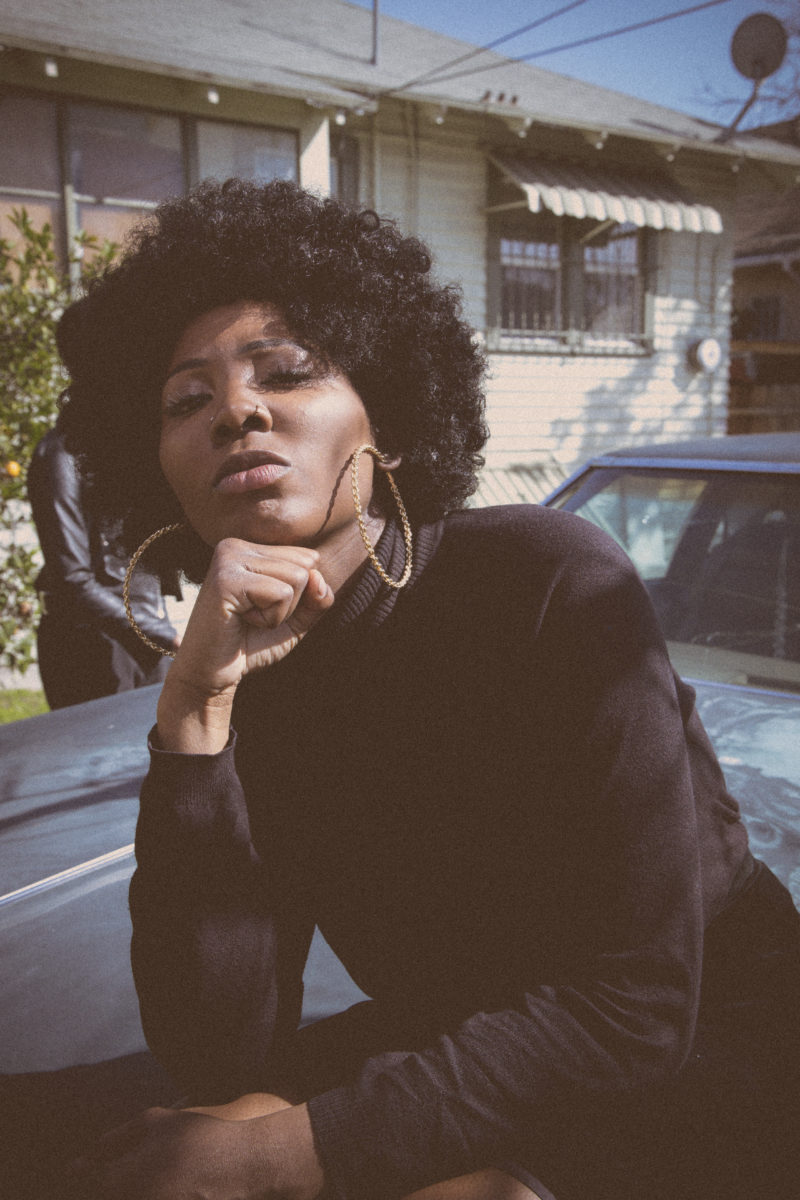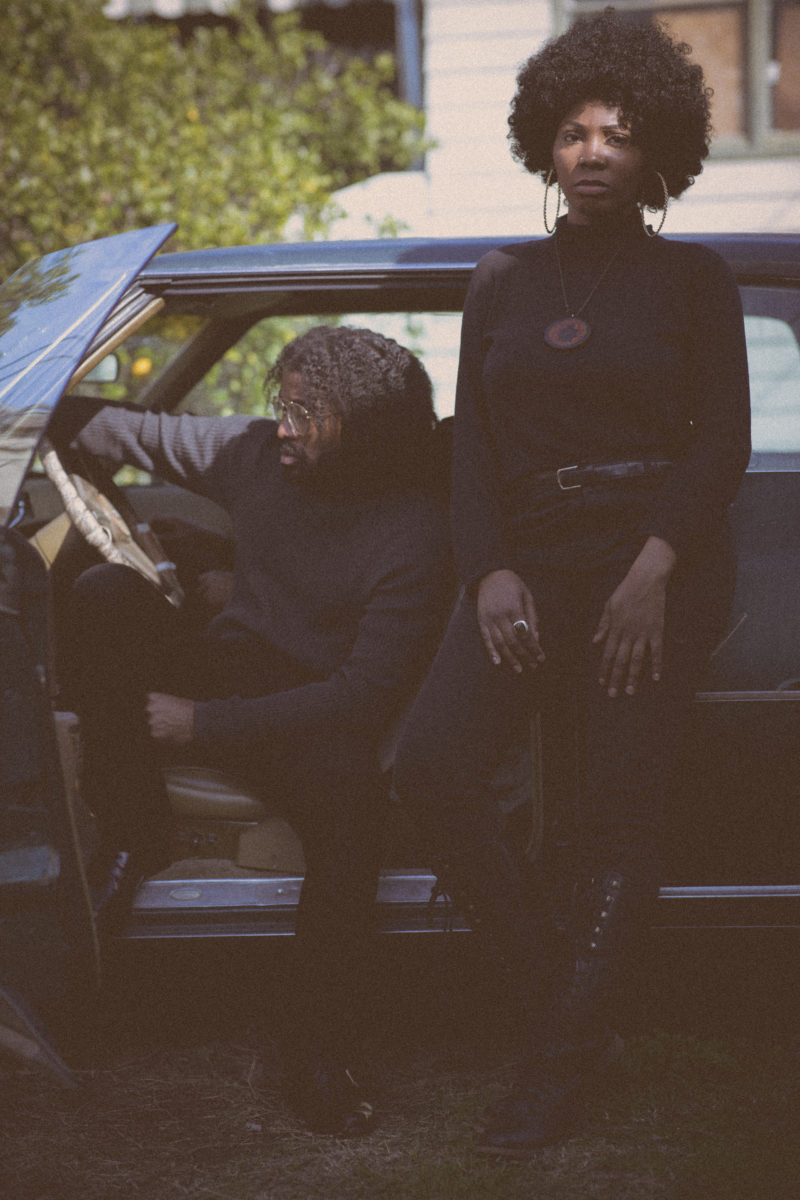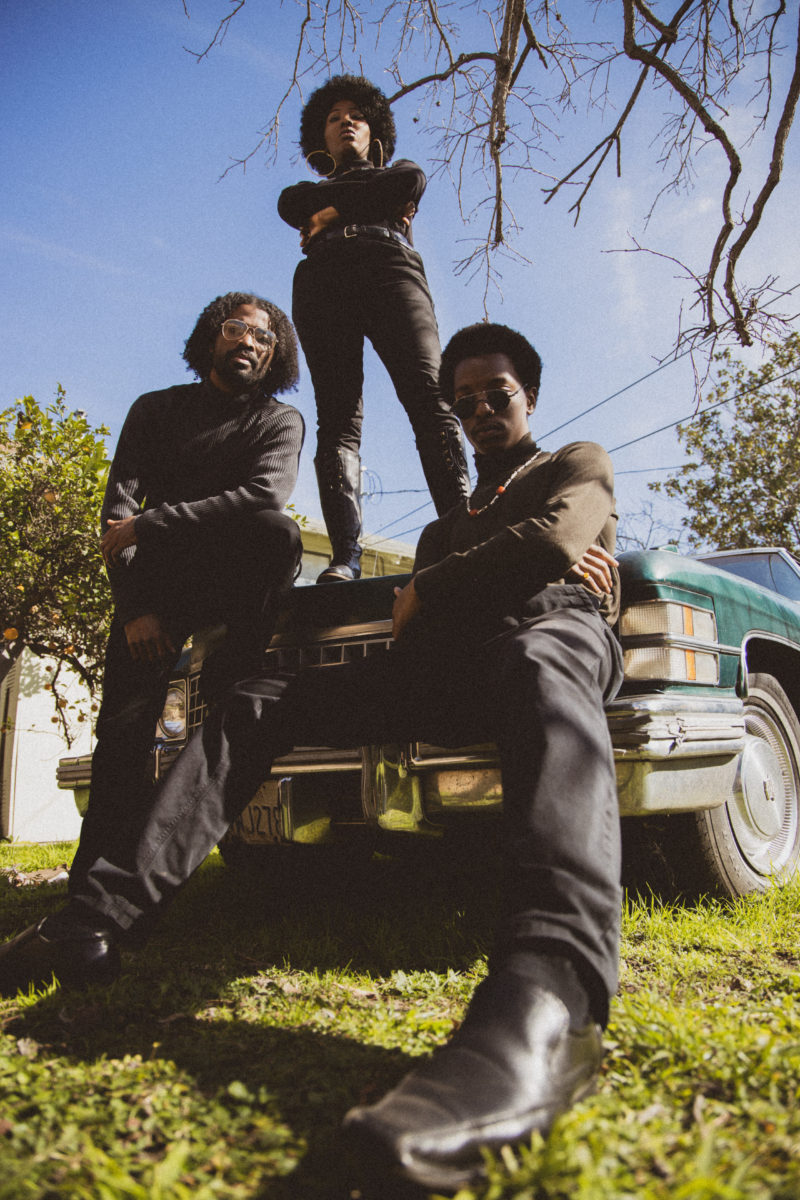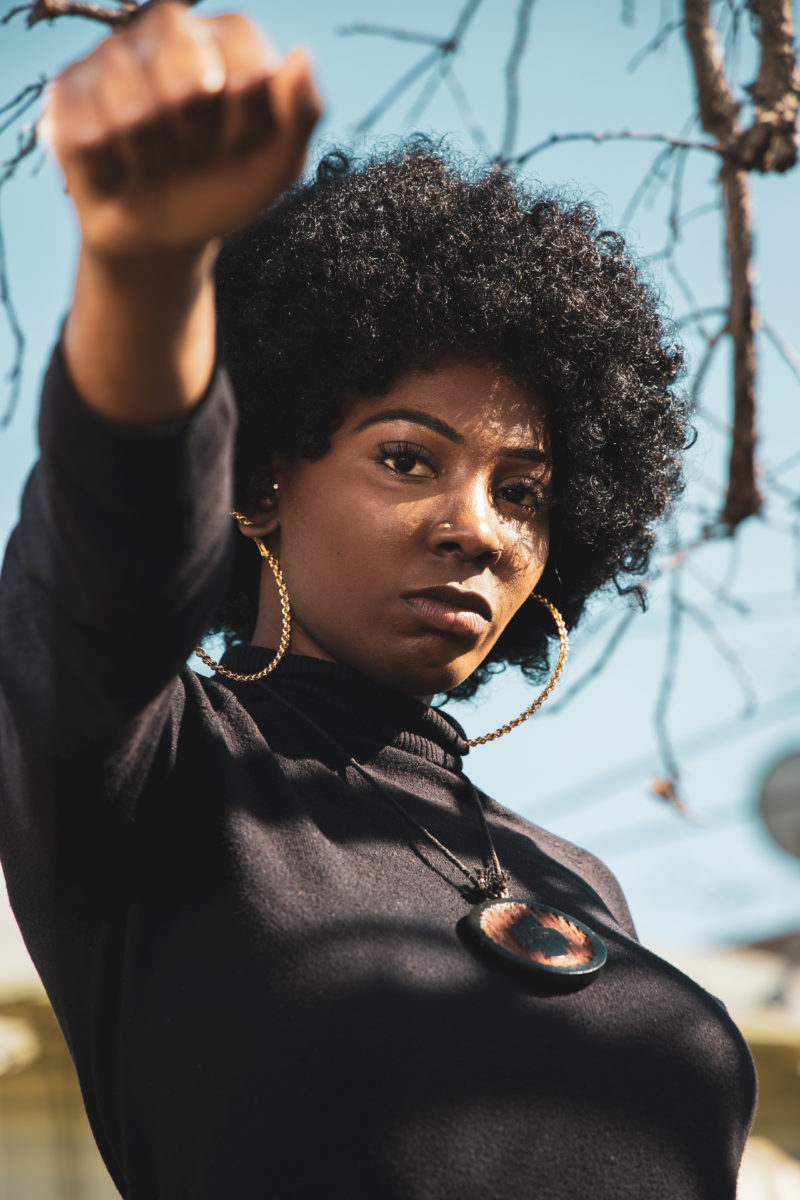Beyond Black History Month: The constant celebration at USC
Black creatives studying at USC produce art, writing, photography and music year-round.
Photo credit: Heran Mamo/Neon
[ezcol_3quarter]
February is the time for blackness but certainly not the only time. These 28 days in 2019 featured events like Rihanna celebrating another year of her life, New York City instituting a ban against shaming black women’s hair and Ruth Carter “becoming the first African American woman to receive the best costume design Academy Award,” according to Deadline.
Neon chooses to honor black history despite February being over because black excellence is a daily occurrence. Black creatives constantly hustle harder than those who are recognized beyond the shortest month in the year. Even Leap Year doesn’t give us the kind of hops we’re capable of. So I, as a magazine editor, choose not to remain limited by time to publish their work.
Click through the music, photo essays and poems produced by black USC students and graduates. Remember them beyond Black History Month. Celebrate and support them daily.
[/ezcol_3quarter]
[ezcol_1quarter_end]
[/ezcol_1quarter_end]
Read through:
On the Hatred of Light-skinned Women, Inspired by Bri Taylor by Anwar Stetson ’19 (@anwar_is_on_par)
I.
I didn’t ask for this skin
like you didn’t ask for yours
My lighter skin made me a blacker sheep
but it’s more than skin deep—
beneath my light eyes could be a dark past,
behind the brown thighs is a white lie
of who you think I am, while I ask “who am I?”
I knock on the door to be a part of the world where I’m wanted
But trapped in a world where I’m fetishized
Skittish smiles to pale-ish guys
who criticize my sisters….
whose zealously trial my features…
whose ancestors are mine,
but can’t recognize the teachers
that divided our people!
When I look in the mirror I carry the same scars.
I lived through the same ugliness,
and I needed the same uplifting
when the pressures of being a black woman
made me question myself
when we all could be winning.
II.
Who did I come from?
I was birthed from pain that I can’t explain.
Our society raped us so I could be me,
or raped the land from those who were here first
and left us to reap the identities of a nation that will never acknowledge why we exist.
But I acknowledge us now,
and I hope you do the same,
instead of letting them divide us
and separate our names.



